Monkeys have long fascinated humans with their dexterous hands and their seemingly familiar expressions. Yet, beyond their physical semblances, there’s a behavioral similarity that is both intriguing and, at times, unsettling. This exploration into the simian world uncovers instances where monkeys behave so much like us that it makes you wonder about the thin line separating humans from our primate cousins. Let’s delve into these uncanny parallels and see what they might reveal about both species.
1. They’re Masters of Deception
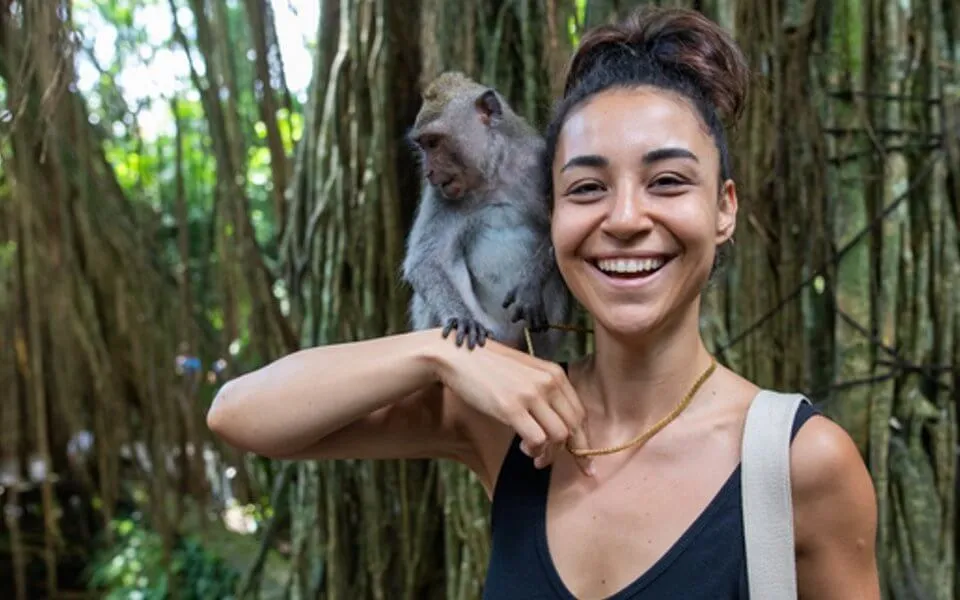
Monkeys, much like humans, have mastered the art of deception. There are tales of macaques in Japan that have been observed stealing valuable possessions from people, only to return them in exchange for food. This form of barter is eerily reminiscent of human negotiation tactics, where leverage is used to gain desired outcomes. A study published in the journal *Nature* provided evidence that these primates possess the cognitive abilities to plan such deceptive strategies, akin to a seasoned con artist.
Interestingly, this behavior isn’t just limited to isolated incidents. In regions where these monkeys frequently interact with humans, such antics are becoming increasingly common. It prompts a deeper reflection on the ways our environments influence behavioral adaptations. It’s as if these monkeys are merely mirroring the shrewdness and adaptability of their human counterparts, raising questions about learned versus inherent intelligence.
2. They’re Social Networking Pros
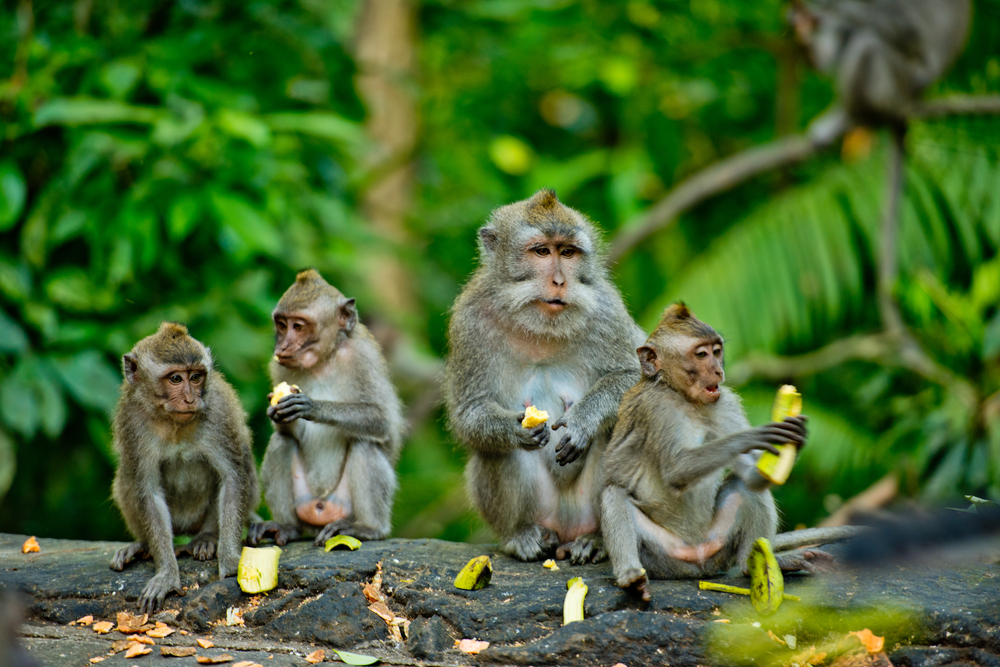
Much like humans, monkeys form intricate social networks that dictate their day-to-day lives. They maintain friendships, enforce hierarchies, and engage in social grooming, which serves as both a bonding activity and a status assertion. This social savviness ensures group cohesion and survival, paralleling our own reliance on social structures. In fact, the dynamics within a monkey troop can often resemble a high school cafeteria, complete with cliques and alliances.
However, these social networks aren’t just about maintaining peace and order. They also play a crucial role in conflict resolution and resource sharing. If a dispute arises, it’s typical for a monkey to rally its allies for support, much like seeking a confidant during a workplace disagreement. These interactions are fascinatingly relatable, highlighting the timeless nature of social politics across species.
3. They Can Use Tools Like Nobodies Business
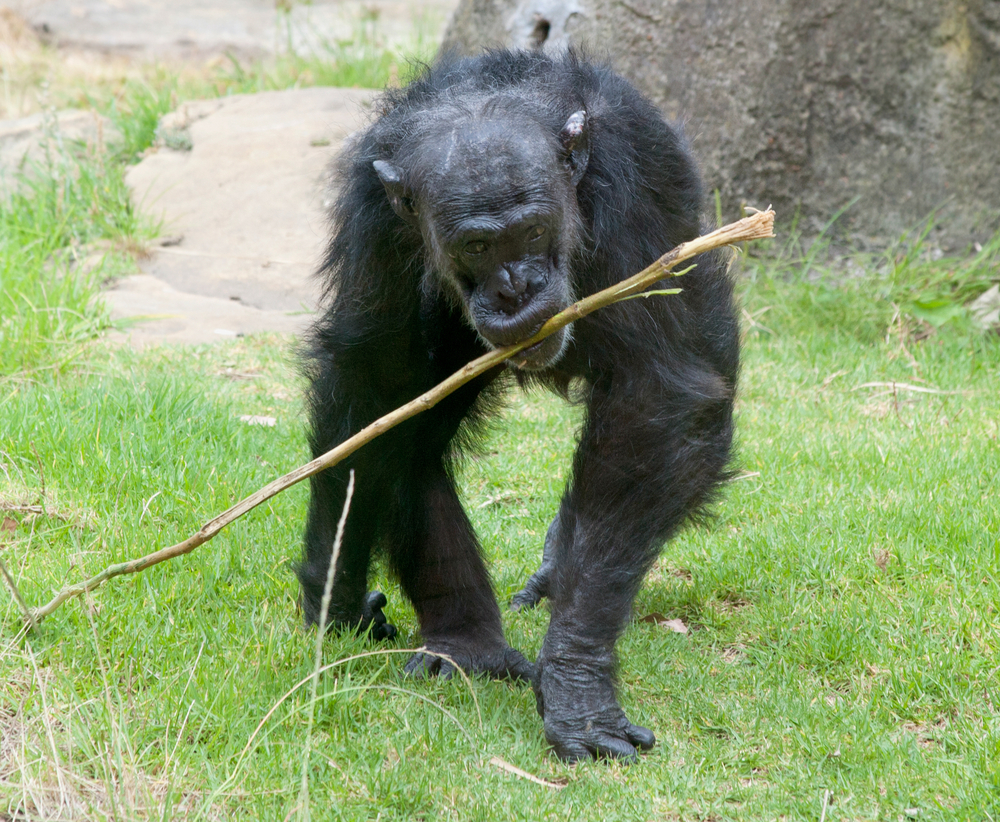
The use of tools was once considered a hallmark of human intelligence, but monkeys have been challenging that notion. In the forests of Thailand, long-tailed macaques have been spotted using stones to crack open shellfish, showcasing an impressive level of problem-solving skills. This behavior was documented in a study by the Max Planck Institute for Evolutionary Anthropology, which found that these monkeys pass down tool-use knowledge through generations, much like human traditions.
What’s more impressive is the diversity in tool use observed among different monkey species. Some have been seen using sticks to extract insects from tree bark, while others utilize leaves as makeshift umbrellas. These behaviors suggest a level of adaptability and innovation that is often associated with human ingenuity. It serves as a reminder of the cognitive parallels between us and our primate relatives, urging us to rethink the boundaries of animal intelligence.
4. They Have Expressive Communication
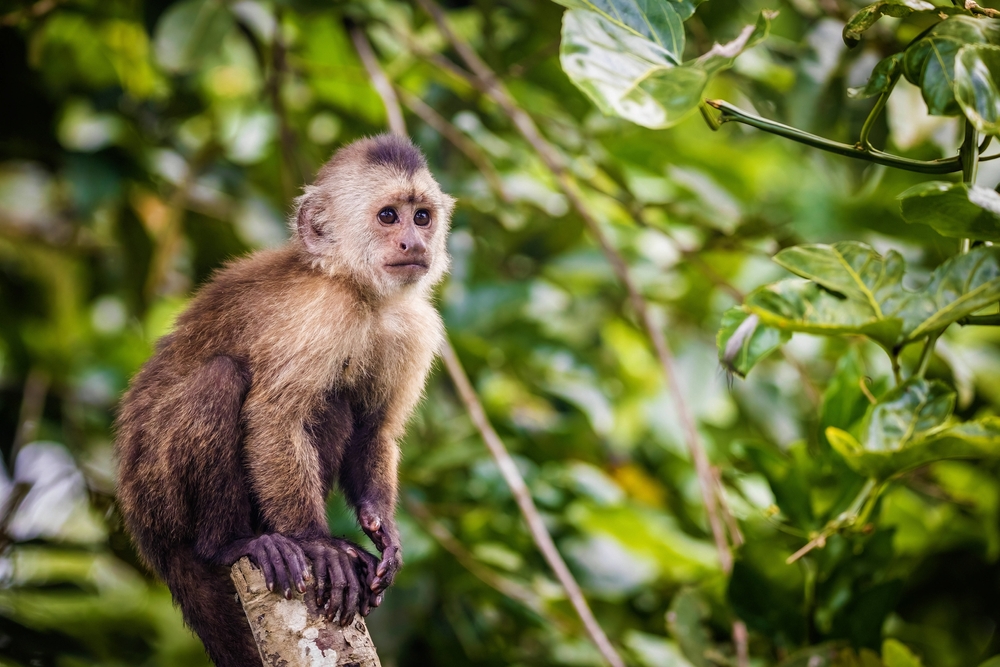
Monkeys exhibit a rich repertoire of vocalizations and gestures that make their communication uniquely expressive. From the playful chatterings of capuchins to the alarm calls of vervet monkeys, their vocal expressions convey a range of emotions and warnings. This nuanced form of communication often parallels human language, where tone and context alter meaning and intent. Observing these interactions, one can’t help but draw parallels to the diversity and complexity of human languages.
In addition to vocalizations, monkeys are adept at using body language to convey messages. A raised eyebrow or a soft touch can speak volumes within a troop, just as a nod or smile might in a human conversation. These gestures enhance their social interactions, much like our own reliance on nonverbal cues. This capacity for expressive communication underscores the shared evolutionary history that binds humans and monkeys.
5. They’re Emotionally Empathetic
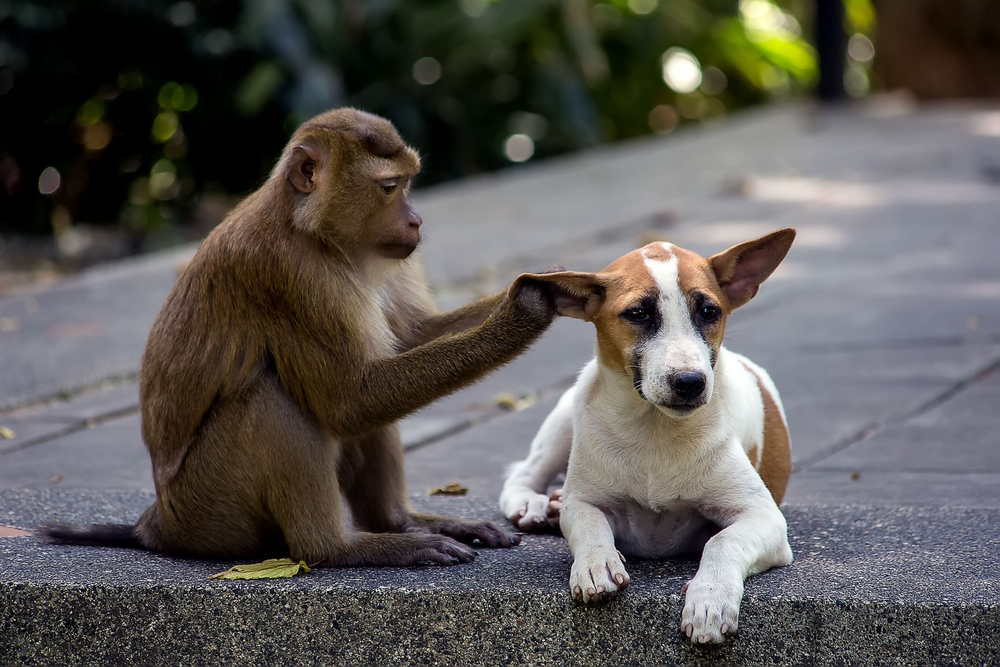
It’s often said that empathy is a defining characteristic of humanity, yet monkeys challenge this notion with their own displays of emotional understanding. Researchers at Emory University discovered that capuchin monkeys exhibit consoling behavior, akin to a comforting hug, towards distressed peers. This empathetic response suggests a level of emotional sophistication that was once considered uniquely human. Such findings compel us to reconsider the roots of empathy and its evolutionary significance.
These empathetic behaviors are not just limited to direct social interactions. Monkeys have been observed exhibiting somberness during the loss of a group member, a testament to their capacity for grief and mourning. This emotional depth is not only touching but also indicative of the complex social bonds that underpin their communities. It challenges us to reflect on the origins of our own emotional capacities and what it means for our shared evolutionary past.
6. They’re Competitive By Nature
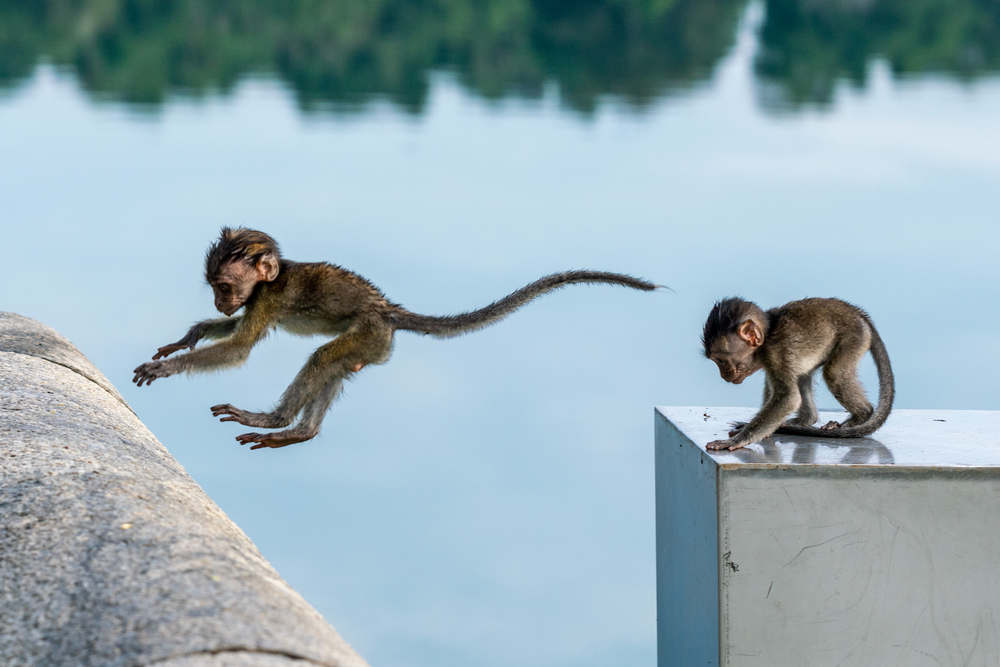
Monkeys possess a competitive zeal that mirrors our own drive for success. In the wild, competition among monkeys is fierce, whether it’s for food, mates, or territory. This rivalry often manifests in displays of strength or cunning strategies to outwit competitors, akin to a corporate race to the top. Such parallels reveal the primal roots of ambition that persist across species.
Yet, competition among monkeys is not solely about conflict. It also fosters resilience and creativity, as they devise new ways to gain an advantage. This dynamic spirit is reminiscent of the human pursuit of innovation in the face of challenges. Observing these behaviors in monkeys offers a window into the evolutionary forces that have shaped our own competitive instincts.
7. They Have Sharp Problem-Solving Skills
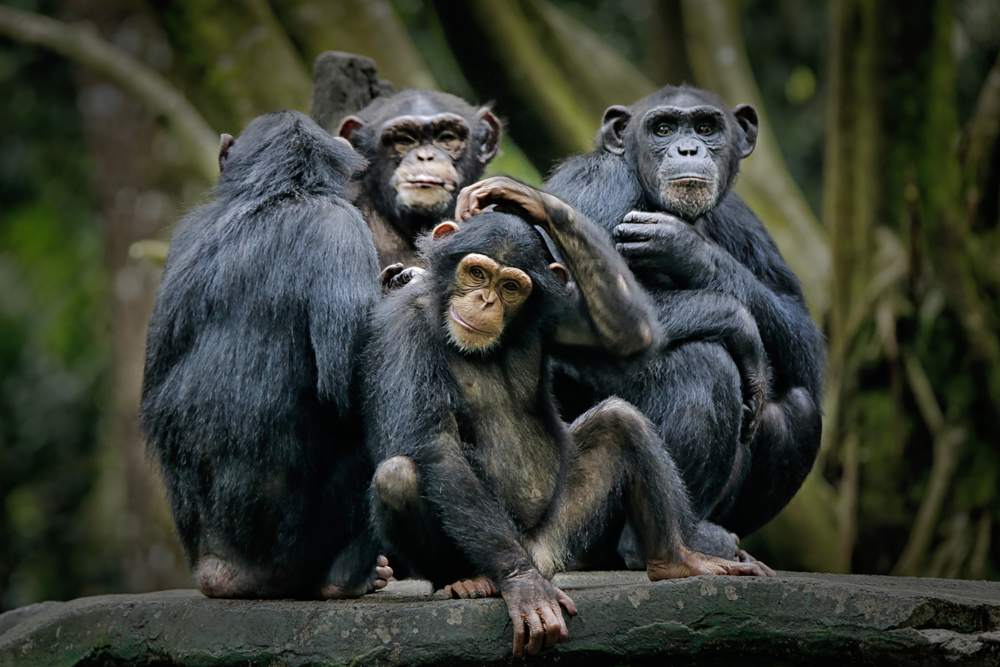
Monkeys continue to amaze us with their problem-solving abilities, a trait once thought exclusive to humans. At the University of St Andrews, researchers found that chimpanzees can solve complex puzzles and even engage in cooperative problem-solving, similar to a team brainstorming session. These findings reveal cognitive capabilities that challenge our understanding of primate intelligence, blurring the lines between human and monkey problem-solving skills.
Problem-solving in monkeys is not merely about survival; it also involves elements of play and curiosity. Watching a monkey interact with a new object or obstacle is like watching a child unravel a mystery, full of trial and error. This playful exploration often leads to innovative solutions, much like human creativity. It showcases the intrinsic curiosity that drives both species to explore, learn, and adapt.
8. Their Parenting Chops Are Stellar
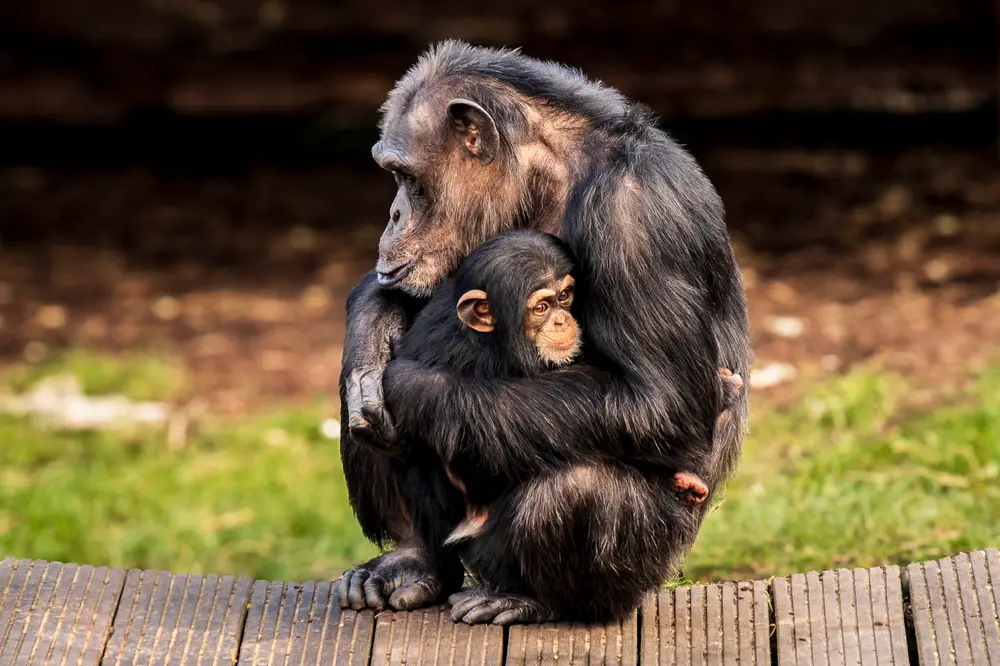
When it comes to raising offspring, monkeys exhibit diverse parenting styles that echo human practices. Some species, like marmosets, are known for their cooperative parenting, where multiple group members help rear the young. This communal approach ensures the well-being of the offspring, mirroring human practices of extended family support. It suggests that the nurturing of young is a shared responsibility, transcending species boundaries.
Conversely, other monkey species adopt a more individualistic approach, where mothers independently care for their young. This solitary nurturing style highlights the variations in parenting strategies, much like the spectrum of parenting philosophies in human societies. These observations offer insights into the evolutionary adaptations that shape parental care, emphasizing the universal importance of nurturing the next generation.
9. They Engage In Altruistic Acts
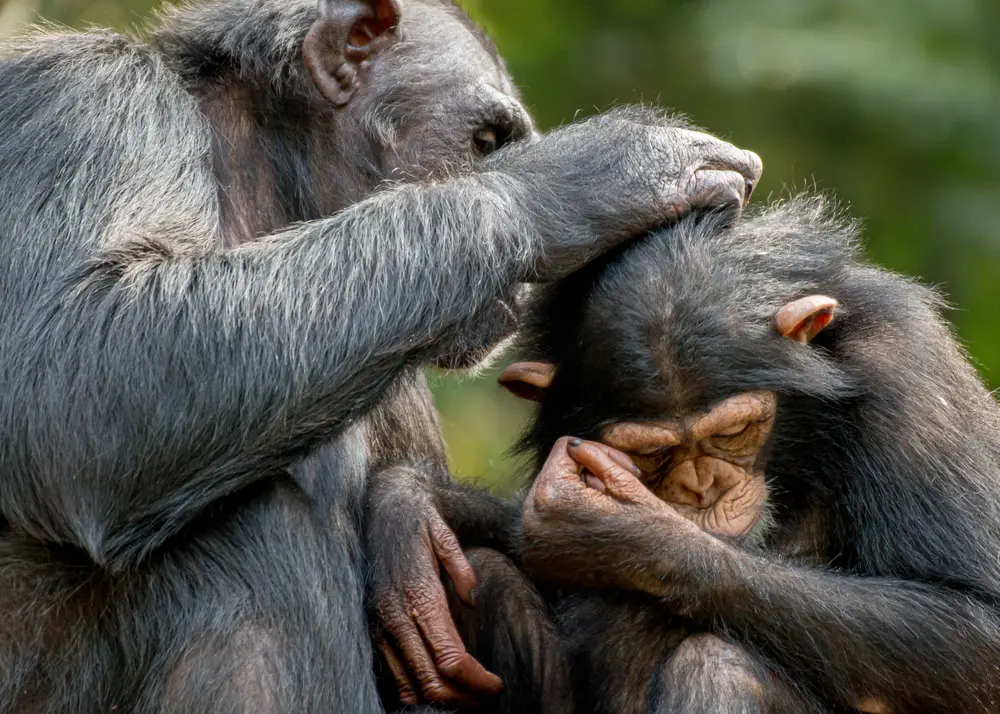
Altruism, often regarded as a noble human trait, finds its place among monkeys as well. For instance, capuchin monkeys have been observed sharing food with those who are less fortunate, even when it doesn’t directly benefit them. This selflessness challenges the notion that altruism is purely a human construct, suggesting a deeper evolutionary origin. It underscores the interconnectedness of social beings, regardless of species.
Altruistic behavior in monkeys extends beyond food sharing. They often take on roles that contribute to the group’s welfare, such as keeping watch or grooming peers to reduce stress and parasites. These acts of kindness foster group cohesion and survival, analogous to community service in human societies. The presence of such behavior among monkeys prompts a reevaluation of the roots of altruism and its significance in the animal kingdom.
10. Their Playful Antics Are Next-Level
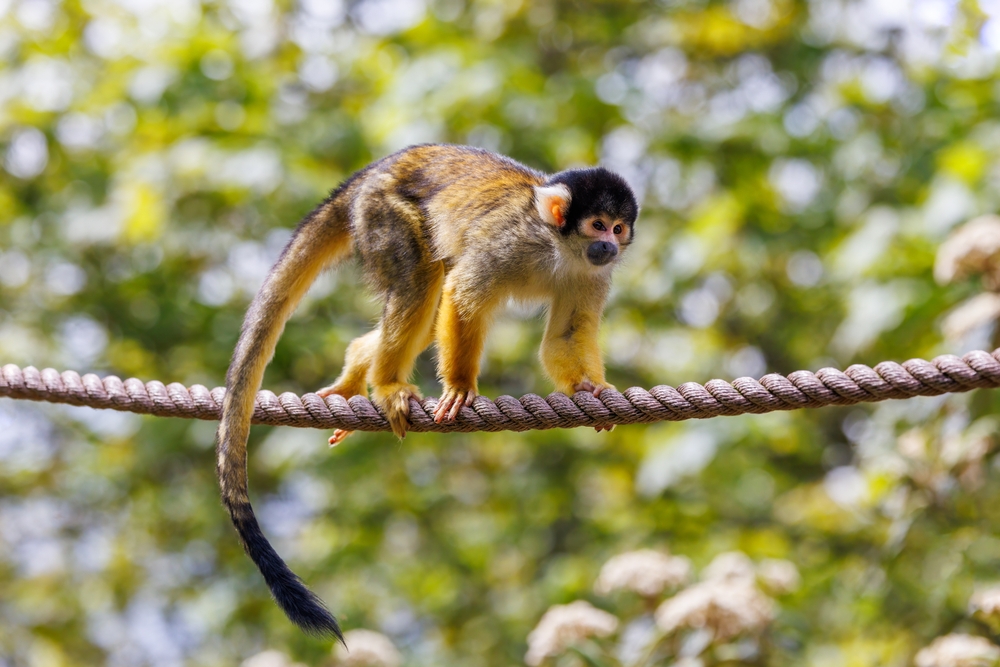
Play is a prominent feature of both human and monkey behavior, serving as a crucial component of development and socialization. Young monkeys engage in playful antics that range from chasing and wrestling to object exploration, much like children at play. These activities enhance their physical and cognitive skills, preparing them for the challenges of adulthood. The universality of play highlights its evolutionary importance across species.
Playful behavior also strengthens social bonds within monkey groups. Through play, monkeys learn the intricacies of social hierarchies and develop alliances that persist into adulthood. This playful interaction is reminiscent of childhood friendships that lay the foundation for lifelong relationships. Observing these antics in monkeys offers valuable insights into the role of play in shaping social dynamics and emotional resilience.
11. They Honor Cultural Traditions
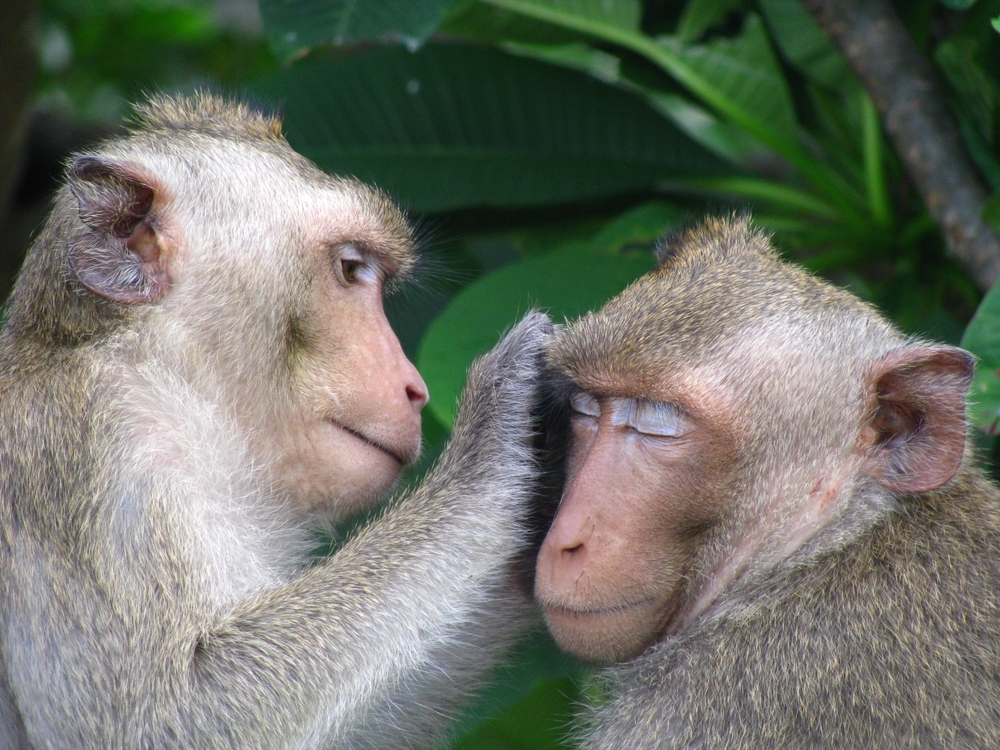
Monkeys, much like humans, develop cultural traditions that are passed down through generations. In some monkey communities, unique behaviors emerge, such as stone handling or specific grooming techniques, that are not observed in other groups. These cultural variations indicate a level of social learning and innovation that parallels human cultural practices. Such traditions enrich the social tapestry of monkey groups, providing a sense of identity and continuity.
Cultural behaviors in monkeys are not static; they evolve as groups encounter new challenges and environments. This adaptability is akin to the evolution of human cultures in response to changing circumstances. It underscores the dynamic nature of culture as a living, breathing entity that evolves over time. Examining these cultural traditions among monkeys provides a glimpse into the shared origins of cultural expression and adaptation.
12. Their Emotions Are On Point
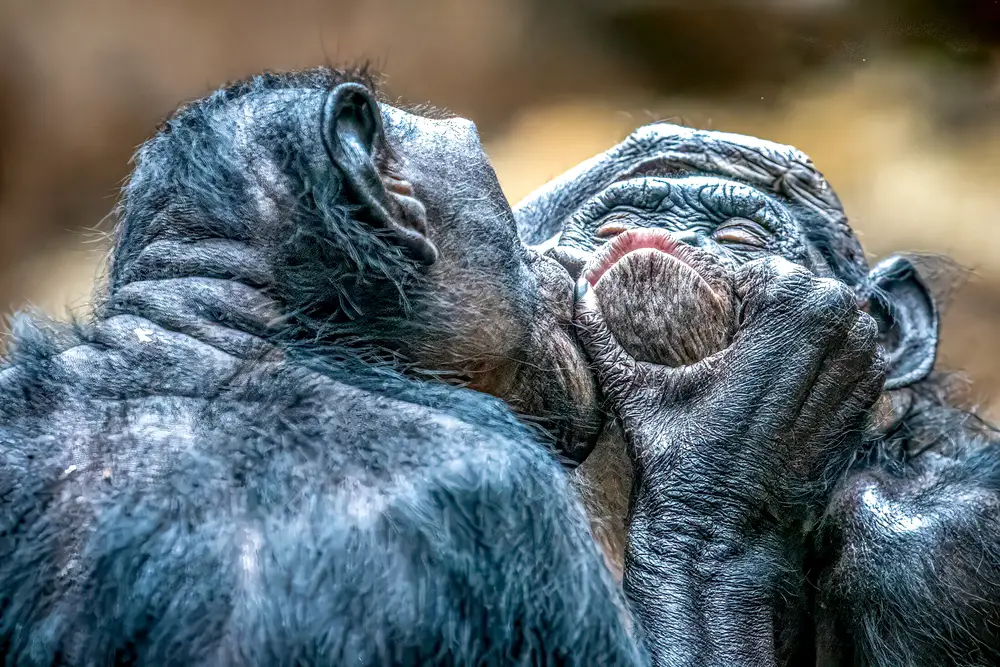
Monkeys wear their hearts on their sleeves, expressing a range of emotions that mirror human feelings. From joy and excitement to fear and anger, their emotional displays are strikingly familiar. These expressions serve as crucial communication tools within monkey groups, conveying needs and intentions in a manner akin to human emotional expression. Such vivid emotional displays highlight the shared evolutionary roots of emotional communication.
It’s not just about the display of emotions; monkeys also respond empathetically to the emotional states of their peers. A distressed call from a group member can elicit comforting behaviors, similar to offering a shoulder to cry on. This emotional attunement reinforces social bonds and group cohesion, much like empathy in human relationships. The presence of emotional displays among monkeys invites a deeper exploration of the evolutionary origins of empathy and emotional intelligence.
13. They Can Procrastinate Like the Best of Us
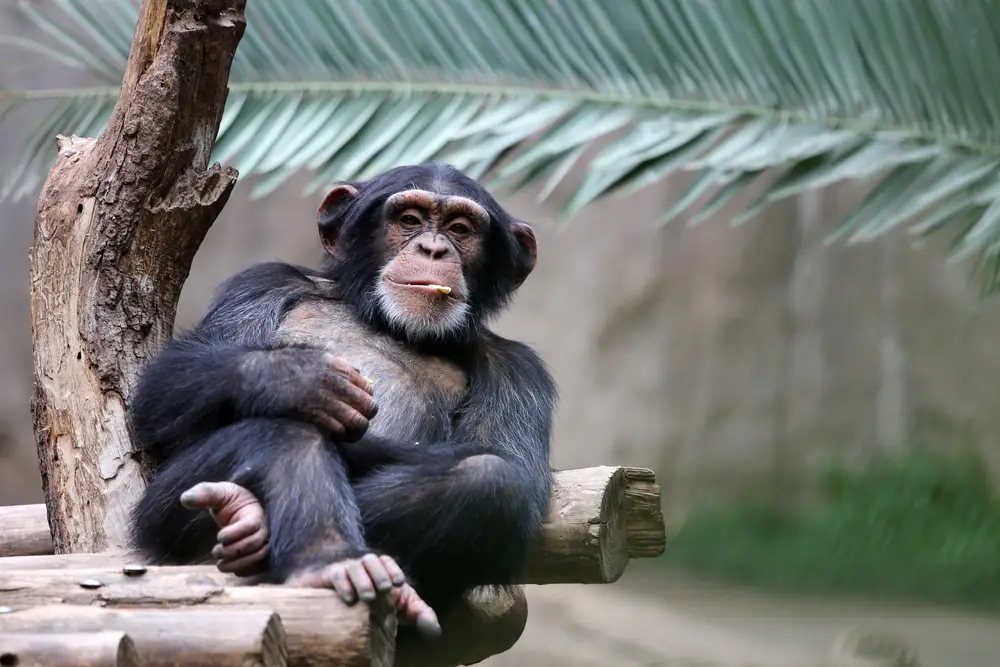
Procrastination, often seen as a quintessentially human flaw, finds its counterpart in the monkey world. Monkeys can exhibit a tendency to delay tasks or decisions, especially when faced with challenging or unpleasant situations. This behavior is reminiscent of the human struggle with procrastination, where avoidance can lead to increased stress and anxiety. It highlights the shared cognitive and emotional challenges faced by both species.
However, just as with humans, procrastination in monkeys can serve adaptive purposes. It allows for flexibility in decision-making, enabling them to assess risks and opportunities before taking action. This strategic delay can enhance survival by preventing hasty decisions that may lead to adverse outcomes. Observing procrastination in monkeys provides a nuanced understanding of this behavior, offering insights into its evolutionary roots and adaptive functions.
